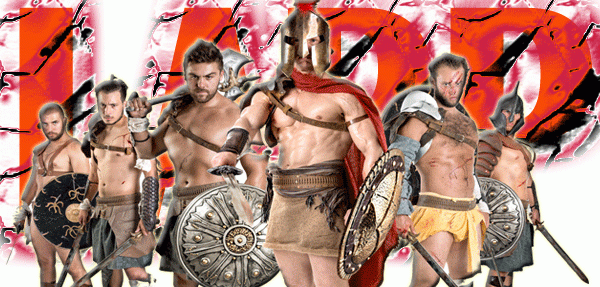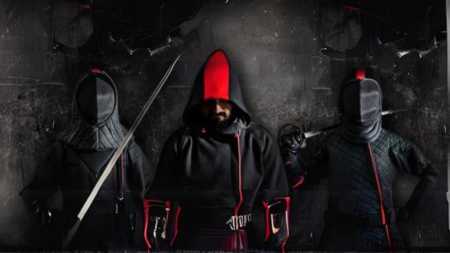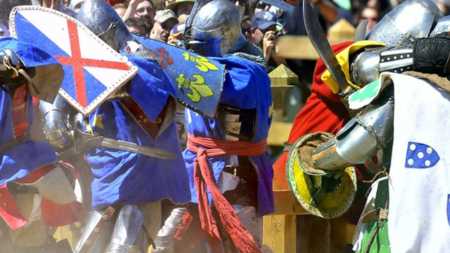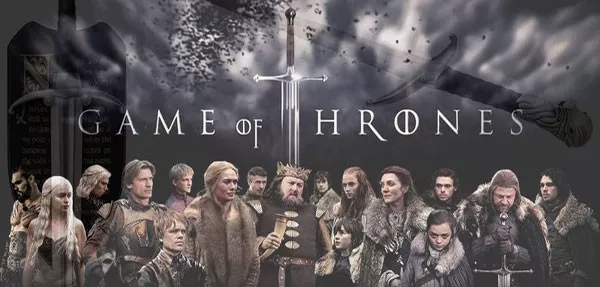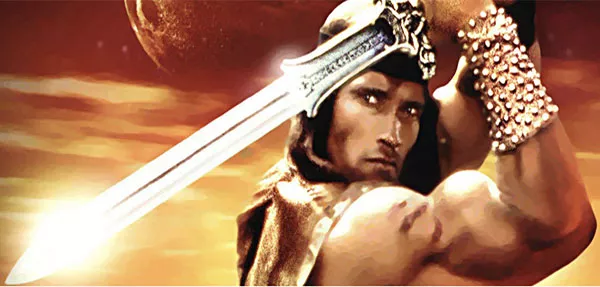What is a trebuchet or a mangonel?
A trebuchet, also known as fundibulum or almajaneque, is a medieval siege engine designed to hurl large projectiles using the principle of the lever. Its primary uses were to breach walls, assault fortified places, or sow panic by delivering offensive and biological materials. More than a simple catapult, the trebuchet represents an engineering solution that combines weight, momentum and geometry to achieve long ranges and high impact energy.
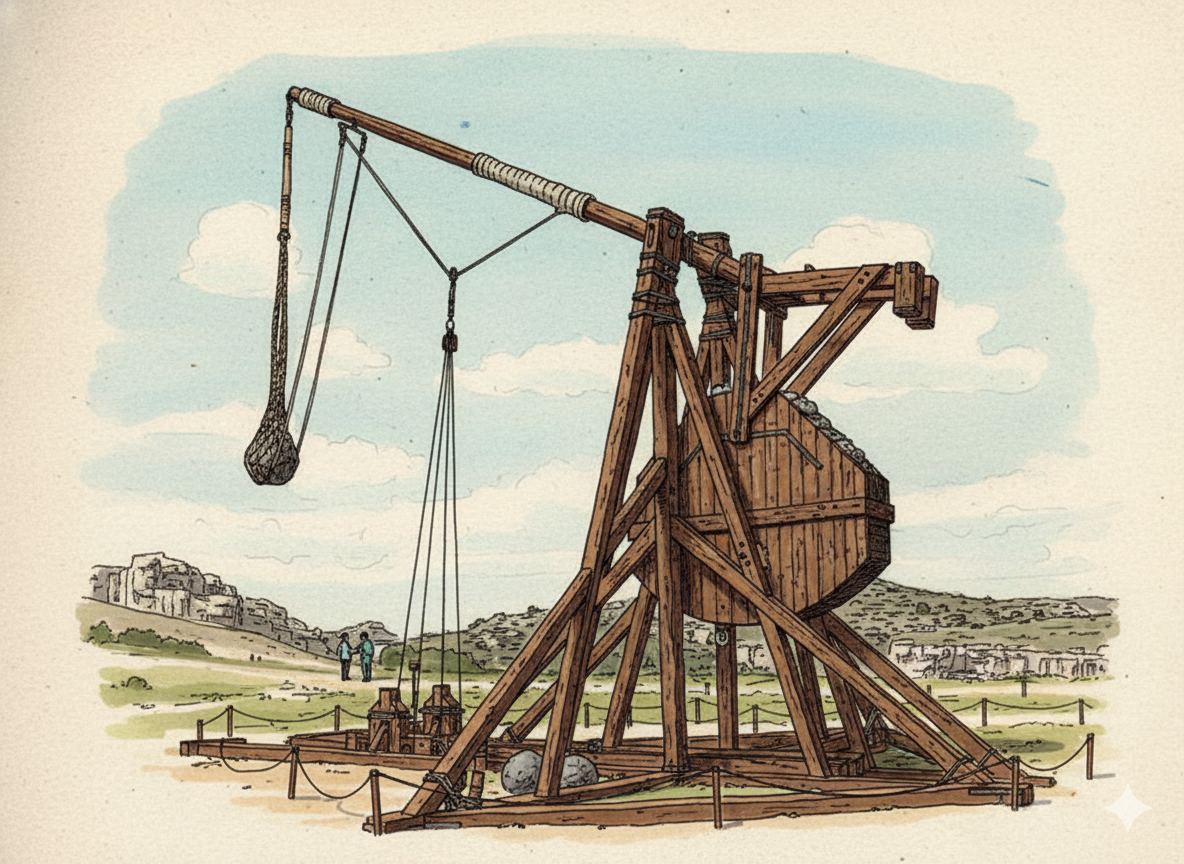
Origin and historical evolution
The origin of the fundibulum is located in ancient China, between the 5th and 3rd centuries BC, in an early phase of traction machines in which launching depended on human strength. From there, the idea traveled westward via nomadic peoples and military contacts: the Avars and, later, the Byzantine Empire adopted and transformed these mechanisms.
The major breakthrough came with the introduction of the counterweight fundibulum, a more powerful and consistent version that replaces human force with a heavy counterweight. This design became widespread in the Mediterranean around the 12th century and, via Mongol routes and conquests, spread back into Asia in later centuries.
How it works (educational explanation)
The trebuchet basically operates like a first-class lever with an off-center pivot:
- Short arm: holds a counterweight —multiple tons in large models— which, when dropped, provides the energy.
- Long arm: ends in a sling or receptacle where the projectile is placed.
- Axis of rotation: offset from the center of the beam to amplify the movement and speed of the long end.
- Holding and release mechanism: secures the arm until the trigger allows the controlled drop of the counterweight.
When the mechanism is released, gravity causes the counterweight to fall; this energy is transmitted through the lever, accelerating the long end and launching the projectile. Depending on size and design, some fundibula reached more than 200 meters of effective range.
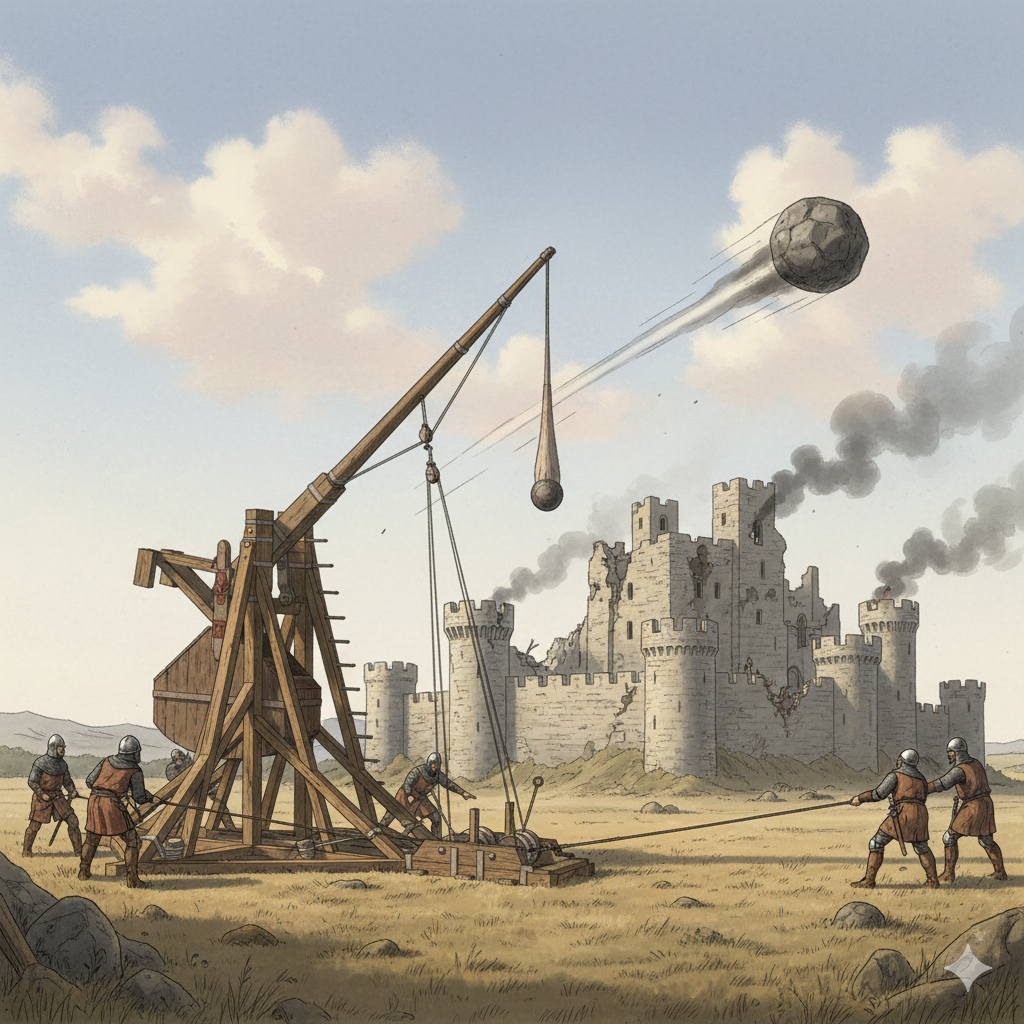
Mechanical variants
- Traction fundibulum: several operators pulled ropes on the short arm; simpler but with less power and precision.
- Counterweight fundibulum: uses a heavy mass to obtain consistent energy and greater range.
Types of projectiles and uses
Projectiles went beyond stones: their purpose was not only physical but also psychological and sanitary.
- Large stones to bring down walls or towers.
- Incendiary materials (tar, oil, torches placed in containers).
- Objects intended to create panic: heads, corpses or remains in advanced states of decay.
- Biological elements (dead animals, beehives) to spread disease or cause disruption.
- Ceramic spheres filled with incendiary substances or basic chemical agents.
Tactical impact and historical examples
The trebuchet forced a rethink of defensive designs: wider moats, offset towers and reinforced walls. Among the most cited milestones:
- The so-called "Warwolf", built by order of Edward I during the siege of Stirling (1304), was one of the largest recorded machines and reportedly launched projectiles of over 100 kg long distances.
- Documents from campaigns in the Iberian Peninsula and the Mediterranean mention its use in sieges of castles and towns from the 12th to the 15th centuries.
- In the Americas, during the Conquest, there are occasional accounts of attempts to adapt similar technologies when gunpowder artillery was lacking.

Decline and legacy
The spread of gunpowder and gunners with cannons capable of breaching walls at a distance reduced the trebuchet's advantage. From the 16th century onward its military use declined and it became an object of historical reconstruction and study in ancient engineering. Today it remains a reference in the history of military technology and a common feature in experimental archaeology projects.
| Aspect | Traction trebuchet | Counterweight trebuchet |
|---|---|---|
| Power source | Human power | Counterweight (gravity) |
| Shot consistency | Variable | High |
| Typical range | Lower (tens of meters) | Greater (hundreds of meters in large models) |
| Construction complexity | Lower | Higher |
| Preferred use | Quick, improvised campaigns | Planned, large-scale sieges |
The study of the trebuchet combines history, basic physics and experimental archaeology. Understanding its design helps appreciate how, with simple materials and elementary mechanical principles, devastating effects were achieved on the medieval battlefield.




